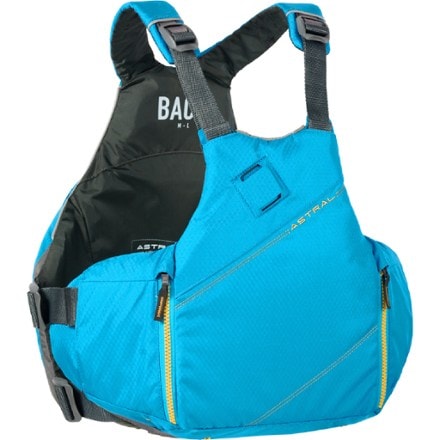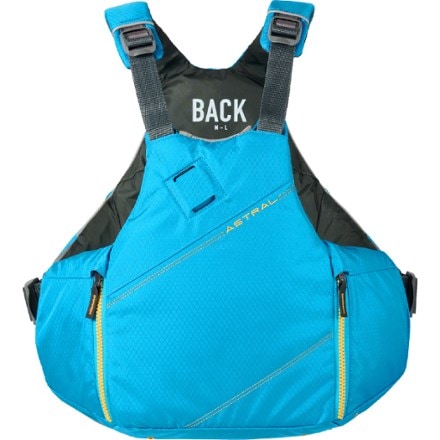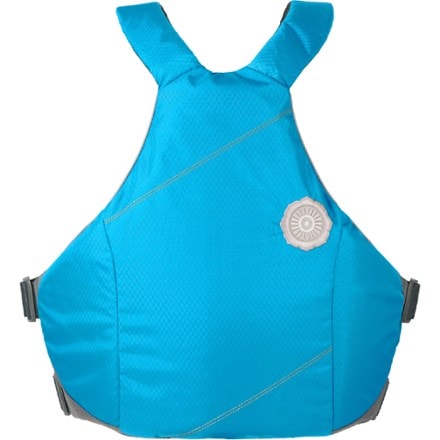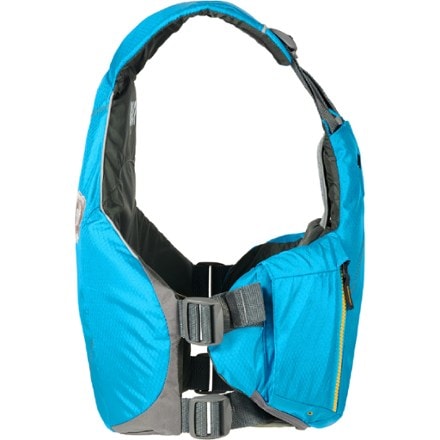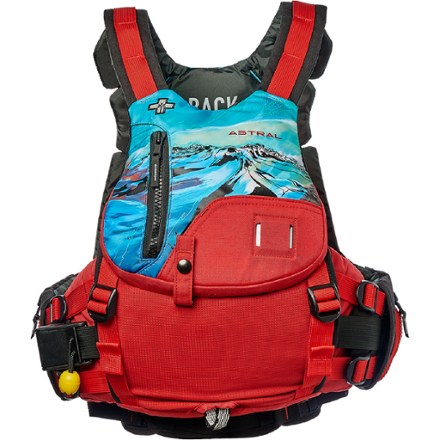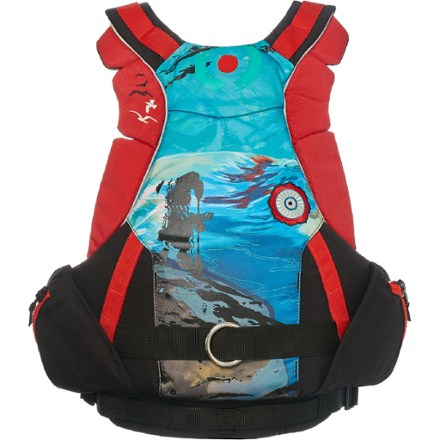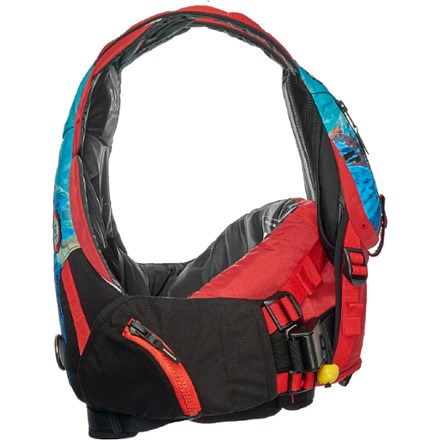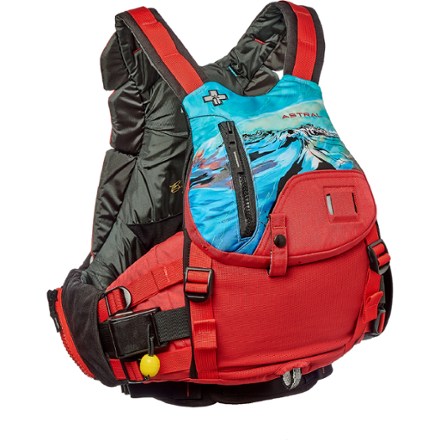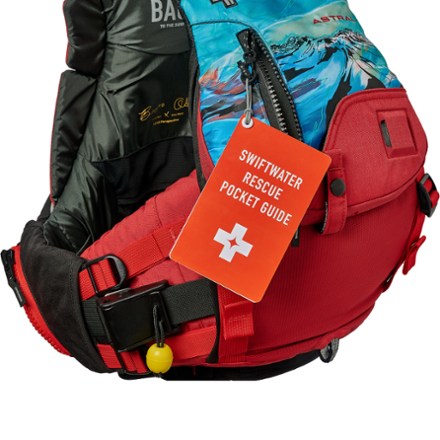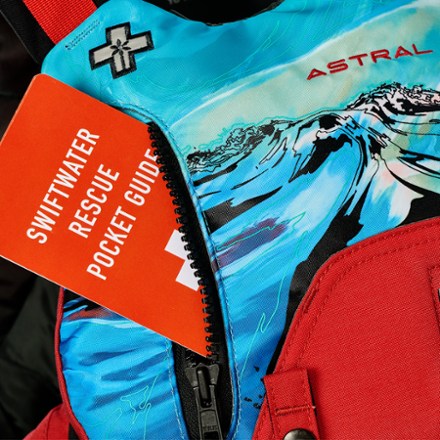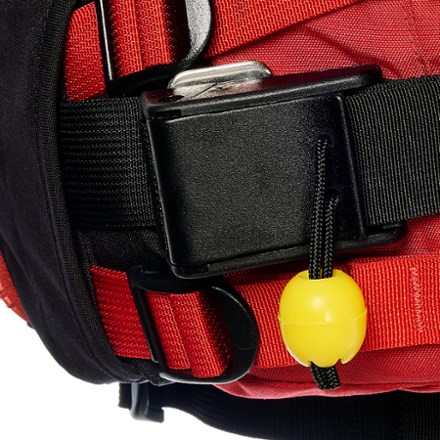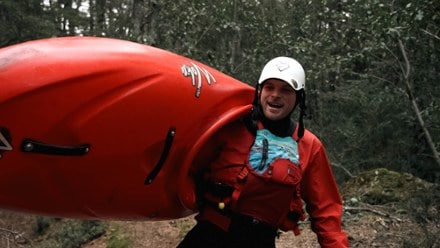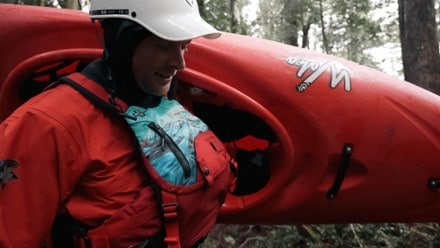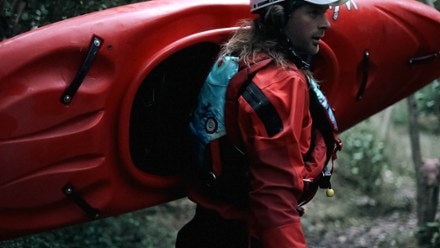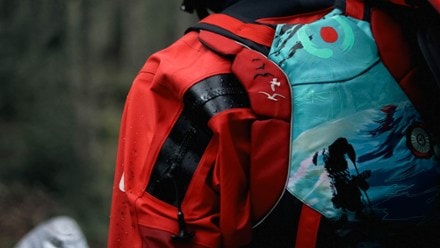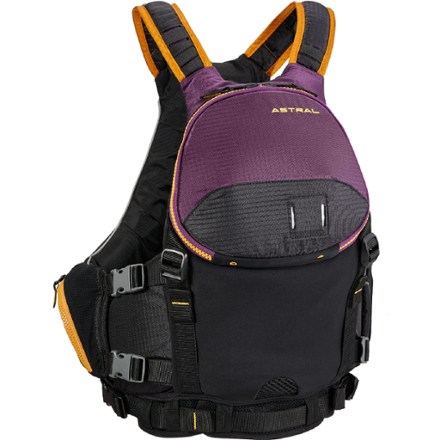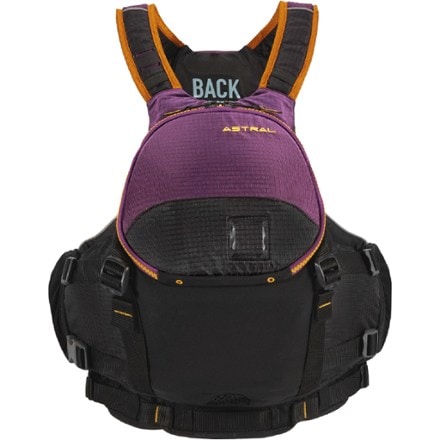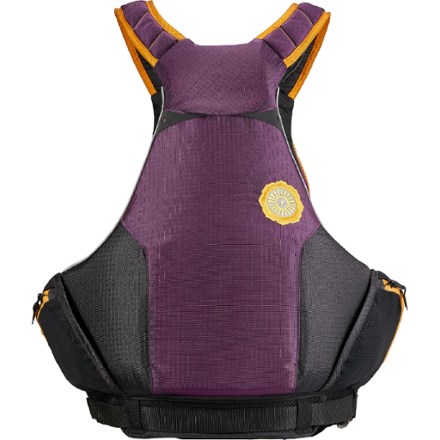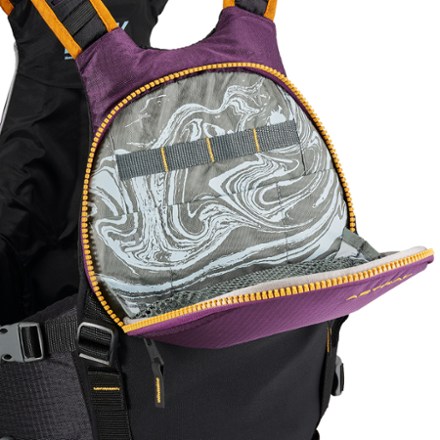Standard or inflatable personal flotation device (PFD)?
- Standard: Low-maintenance, always buoyant, great for various water sports, often with pockets. Can feel bulky, restrictive and hot while paddling.
- Inflatable: Slimmer profile and comfortable, but must be inflated to work so not great for high-impact activities, kids under 16, nonswimmers or situations where you might end up injured or unconscious before you can inflate. Requires regular maintenance and replacement of carbon dioxide cartridge.
- Hybrid: Balances features of both, with a heftier price tag.
What conditions will you encounter?
- Level 50: For competent swimmers and activities like kayaking and paddle boarding, where mobility is needed but quick rescue is expected.
- Level 70: For calm, inland waters where fast rescue is likely.
- Level 100: For rough or remote waters or offshore where rescue may take a while.
Finding the right fit
- Try on PFDs with your paddling clothes to get the best fit.
- Mimic paddling motions to ensure there’s no chafing.
- Make sure it works with your seat without riding up or feeling uncomfortable. Shorter PFD work well for kayakers.
- If possible, test your PFD in a pool or shallow water; it should not ride up or slip over your chin while floating.
Read full article: How to Choose PFDs (Life Jackets)
